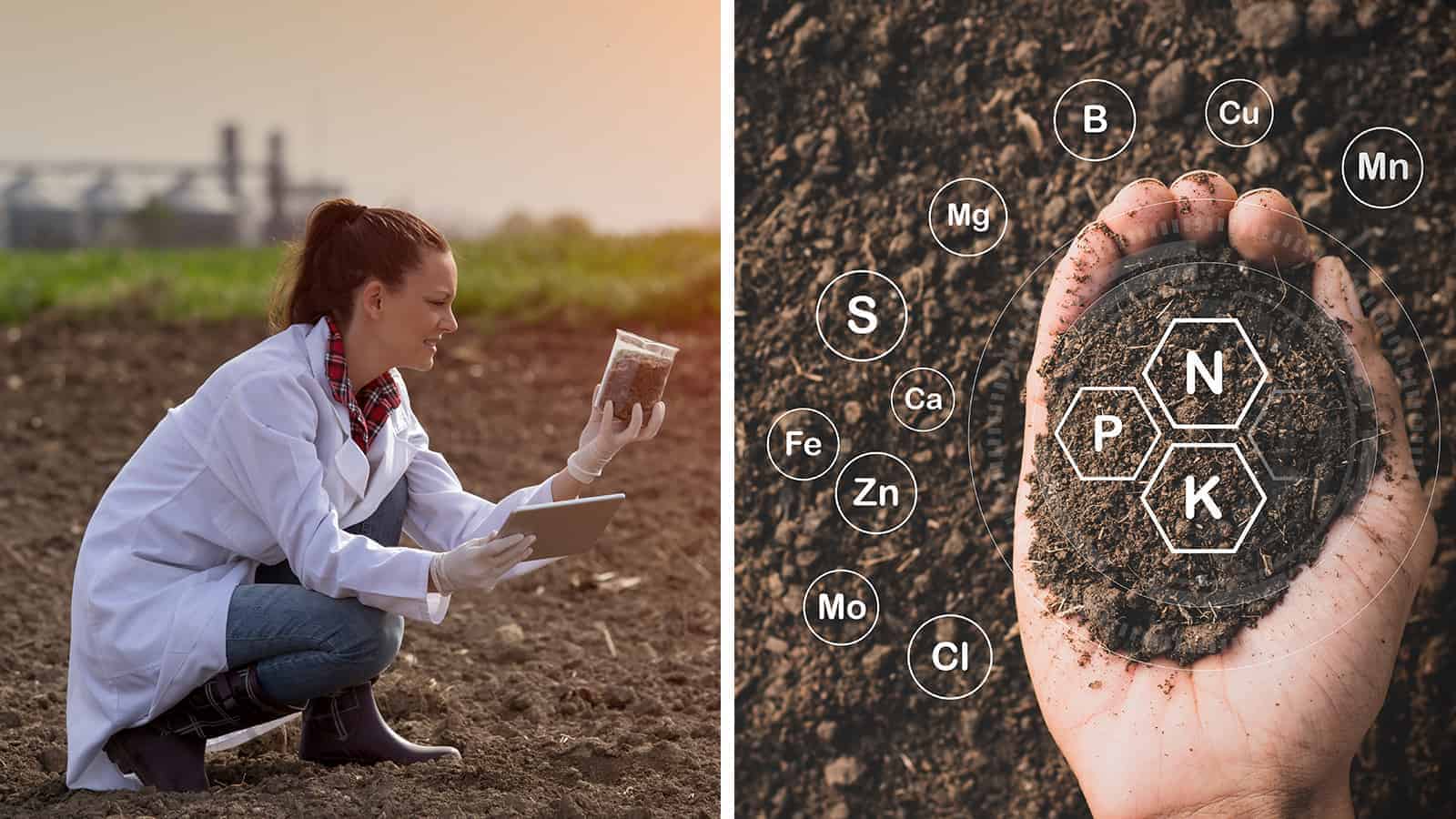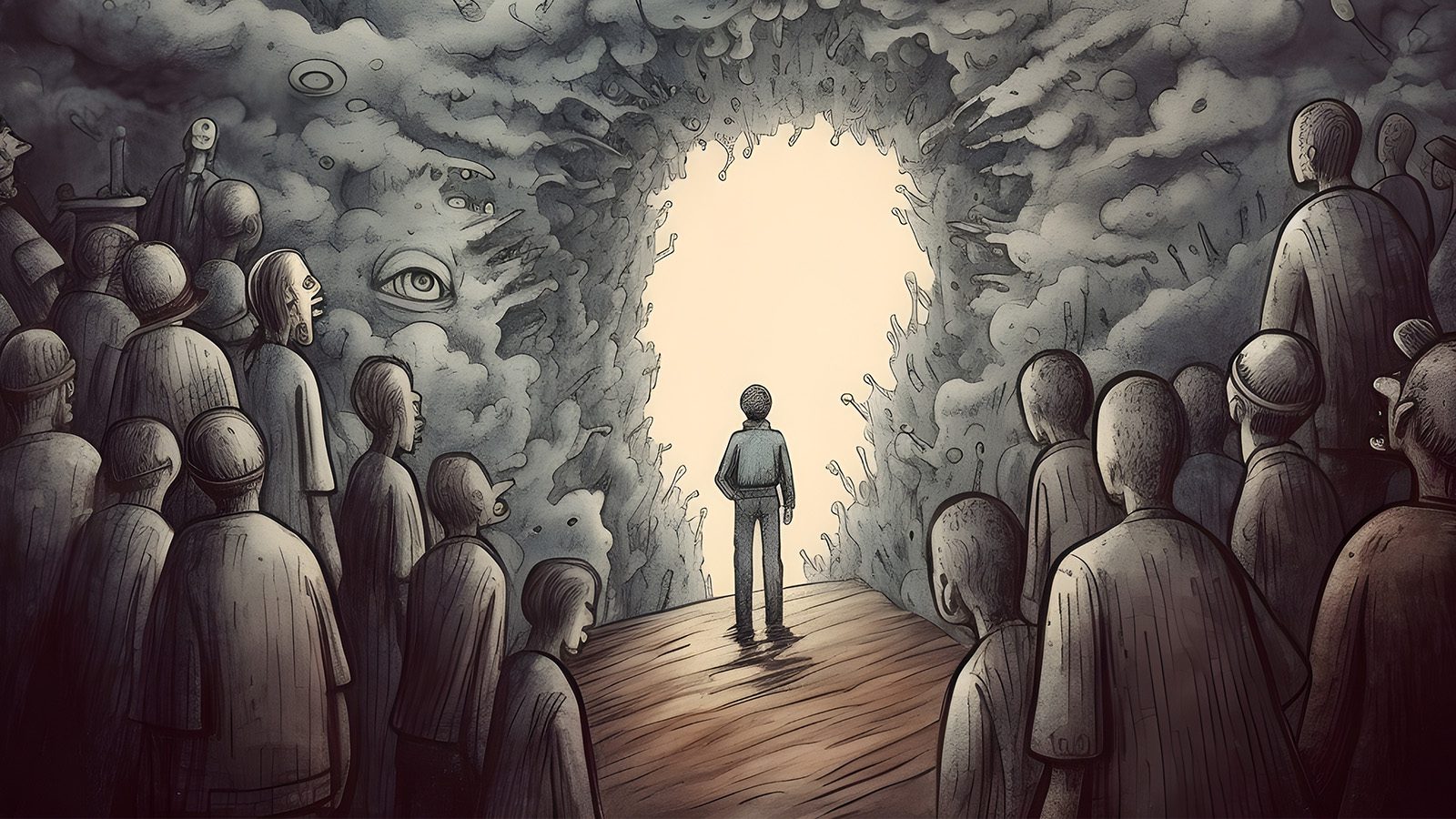A study by Imperial College London discovered that cutting-edge soil sensors might help conserve fertilizer on farms. The technology could help farmers calculate the optimal amount and time to use fertilizer on their crops.
Artificial intelligence would take factors such as weather and soil conditions into account. This information would help reduce fertilizer use and minimize damage to the soil. When farms overuse fertilizer, it releases massive amounts of the greenhouse gas nitrous oxide, polluting soil and waterways.
So far, 12% of once-arable land worldwide has been irreversibly damaged by the overuse of fertilizer. In the last fifty years, farmers have increased their nitrogen-based fertilizers by 600%. While these fertilizers play a crucial role in feeding the world’s growing population, they also negatively impact the environment.
Unfortunately, it’s been difficult for farmers to gauge their fertilizer use accurately. If they use too much, they waste resources and contribute to environmental degradation. On the other hand, using too little results in low crop yields and fewer profits.
How Soil Sensors Help Reduce Environmental Harm That Results From Fertilizer
Therefore, soil sensors could eliminate these problems by customizing fertilizer use for each farm. The sensors, called chemically functionalized paper-based electrical gas sensors (chemPEGS), measure ammonium levels in the soil. Soil bacteria then convert this compound to nitrates and nitrites.
Finally, an artificial intelligence called machine learning combines this data with other measurements. It also considers weather data, fertilization times, pH, and soil conductivity (amount of salt in soils).
Then, the soil sensors analyze this data to calculate current nitrogen levels in the soil. In addition, it predicts levels 12 days in the future to determine the optimum fertilization time.
The research study reveals how this advanced low-cost solution would help growers maximize crop yields while reducing fertilizer use. It would particularly impact crops that require large amounts of fertilizer, such as wheat. Also, the technology would lower farmers’ expenses and reduce the environmental impact of widely used nitrogen-based fertilizers.
The findings have been published in the journal Nature Food.
How Overfertilization Impacts Crops and the Environment
Lead researcher Dr. Max Grell, who helped develop the technology at Imperial College London’s Department of Bioengineering, said: “It’s difficult to overstate the problem of overfertilization both environmentally and economically. Yields and resulting income are down year by year, and growers don’t currently have the tools they need to combat this.
“Our technology could help to tackle this problem by empowering growers to know how much ammonia and nitrate are currently in soil and to predict how much there will be in the future based on weather conditions. This could let them fine-tune fertilization to the specific needs of the soil and crops.”
Excess nitrogen fertilizer dramatically contributes to the environmental crisis. It releases the greenhouse gas nitrous oxide into the atmosphere, 300 times more potent than carbon dioxide. Unused fertilizer also runs off into waterways and depletes oxygen levels in lakes and rivers. Algal blooms thrive in this deoxygenated environment, choking marine life and reducing biodiversity.
Without technology, it’s difficult for farmers to assess how much fertilizer they need for crops accurately. Farmers have to send soil samples to laboratories to measure soil nitrogen. Most farmers avoid this lengthy, costly process since the results aren’t applicable after a certain amount of time.
Soil Sensors May Usher in a New Era of Sustainable Agriculture
That’s where soil sensors come in; this technology would reduce soil-testing costs and improve efficiency. While chemPEGS only measures ammonium levels, it can also predict current and future nitrate levels in the soil.
Senior author and principal investigator Dr. Firat Guder from Imperial’s Department of Bioengineering said:
“Much of our food comes from the soil — a non-renewable resource which we’ll lose if we don’t look after it. This, combined with nitrogen pollution from agriculture, presents a conundrum for the planet — one that we hope to help tackle with precision agriculture.
“Our sensing technology can measure and predict soil nitrogen with enough accuracy to forecast the impact of weather on fertilization planning, and tune timing for crop requirements, which we hope will help to reduce overfertilization while improving crop yields and profits for growers.”
Researchers have created prototypes for both the chemPEGS and associated AI technology. They anticipate that the technology will be commercially available in three to five years. Of course, more rigorous testing and manufacturing standardization will be necessary for that timeframe.
EPSRC, Innovate UK, and Cytiva helped fund research and development for this project.
We’re reaching a turning point in how our world operates. As we face compounding environmental crises, we’ve turned to technology to help save our planet. Soil sensors can tackle several of these problems at once: overuse of nitrogen fertilizers, marine pollution, and greenhouse gas concentrations.
While the scientists and innovators work to clean up our home, we can also do our part in small ways.
How to Reduce Your Environmental Impact
- Buy local. When shopping for produce, consider your local farms or farmer’s market. This will help support your community while reducing your carbon footprint from food.
- Eat mostly plant-based. We’re not here to preach a particular diet. However, science clearly shows that plants require fewer resources than animal-based foods. If you’re a meat-eater, you could try Meatless Mondays to ease your way into the lifestyle (or cut back on meat consumption).
Final Thoughts on How Soil Sensors Can Help Heal the Planet
We’ve reached a pivotal time in our collective existence. It’s become apparent that we can’t continue to exploit our planet as we have in the past without facing severe consequences. Luckily, leading scientists worldwide have begun developing technologies to combat environmental challenges. One of these technologies, known as soil sensors, will help reduce farm nitrogen-based fertilizer use.
Excess nitrous oxide pollutes our air and waterways, causing ecosystems to collapse. Since agriculture is one of the key drivers of climate change, it’s crucial to create more sustainable practices. Thankfully, it seems we’ve headed in the right direction thanks to innovations such as soil sensors.

















